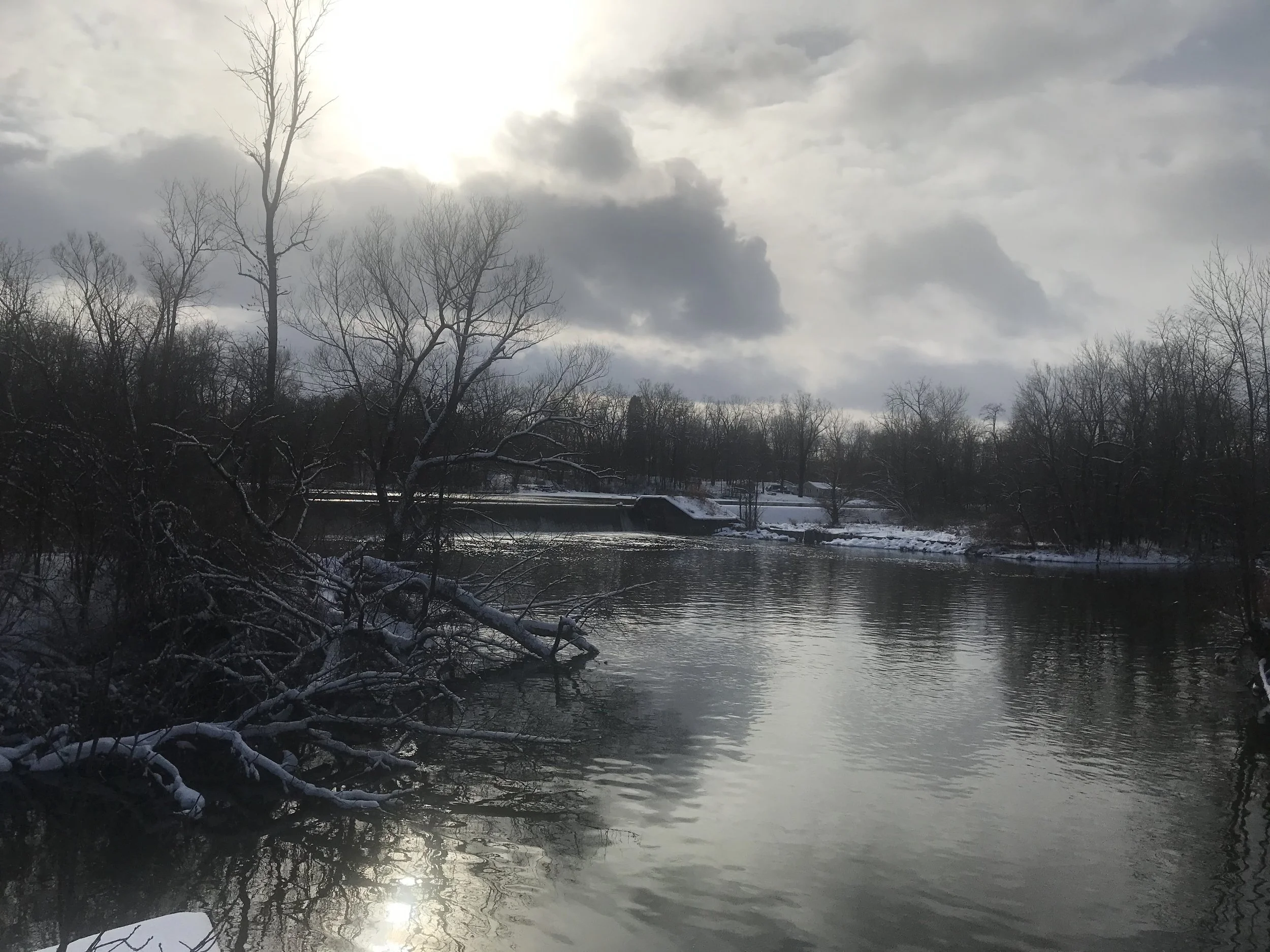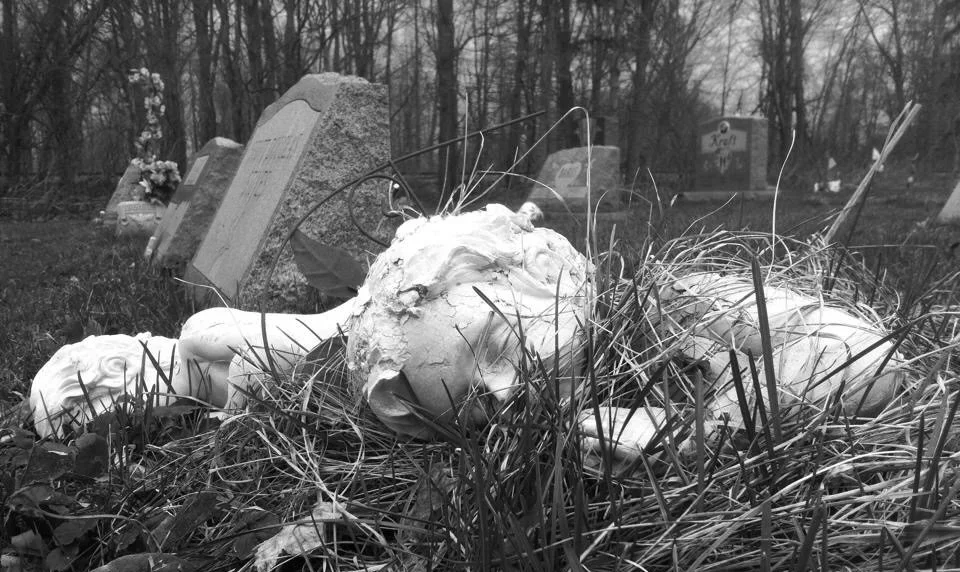
Favorite Reads
Fiction
Below are some of my favorite novels, in no particular order. Many fall within the horror and post-apocalypse genres, but some do not. I read whatever interests me at the moment, so I flit around like an over-caffeinated squirrel.
The Road by Cormac McCarthy. Like he did with Blood Meridian, McCarthy moved into a new genre and wrote one of its defining works. The Road is a bleak, harrowing tale of a father and son who journey southeast from Tennessee in hopes of finding a safer place. The world has been devastated by a fiery, undefined calamity - possibly a nuclear war - and nothing remains but ash, ruins, and desperate cannibals who prey on each other. I was terrified for the characters and read the book desperately, as if frantically reading one page after another was the only way to keep the characters alive. The ending is strange, but the book is so consuming, and McCarthy’s use of language so astonishing, that the ending detracts little from the overall experience.
Station Eleven by Emily St. John Mandel. As I read this superb post-apocalypse novel, I wondered how in the world Mandel was going to pull the many divergent threads together by the end. She does it masterfully. It is a fascinating story that takes place after a devastating pandemic caused by a flu-like virus. The protagonist, Kirstin, is a member of an itinerant theatre/music company that travels across the Great Lakes Region performing Shakespeare and other works. One of the novel’s strongest qualities is the realistic way that it depicts life and society post-apocalypse. The TV adaptation on Max departs from the novel in several ways, but is well-worth watching. The acting is excellent, the plotting is solid, and there are a few enjoyable twists and surprises.
The Girl With All the Gifts by M. R. Carey. The Last of Us gets much of the credit for the idea of a zombie fungus, but M. R. Carey wrote this novel at the same time that The Last of Us video game was being developed. It seems to be a case of simultaneous invention, with neither party stealing the other’s idea. At any rate, if you like The Last of Us, you’ll like this novel. It is tightly-plotted and it builds a convincing post-apocalypse world in London and its environs. Best of all, it has a delightfully surprising ending.
Blood Meridian by Cormac McCarthy. If you’re getting the sense that I’m a McCarthy fan, your intuition is correct. This is considered his masterpiece, and a major work of American letters. It follows the Glanton Gang, a murderous crew of scalp hunters who ravaged the Texas/Mexico border from 1849 - 1850. The protagonist is a young man from Tennessee known only as “The Kid,” but “The Judge” is by far the most fascinating character in the book. Judge Holden is a massive, hairless man who is clearly more than human. McCarthy loved these evil, outsider characters - the leader of the trio of nameless men in Outer Dark and the assassin in No Country for Old Men are other examples - but the Judge is the fullest realization. The book is unrelentingly violent, but that ugliness is balanced by McCarthy’s vivid, transcendent prose. I’ve read Blood Meridian at least three times, and I’ll return to it again.
American Gods by Neil Gaiman. Gaiman’s concepts are so unconventional and offbeat that I always find myself wondering how he came up with the idea in the first place. American Gods is about an ex-con named Shadow who falls in with a con man named Mr. Wednesday, who is an incarnation of Odin, and becomes entangled in the struggle between the Old Gods, who linger in obscurity, and the New Gods, who are incarnations of the things humanity now worships, such as the internet and technology. Shadow’s dead wife, Laura, is my favorite character, and the ancient Egyptian gods who run a funeral home in Cairo, Illinois are a definite highlight.
Aurora by Kim Stanley Robinson. This is the story of a generation ship bound for a distant star system, Tau Ceti, where the seventh generation of travelers plans to establish a human settlement on a moon named Aurora. When things do not go as planned, the travelers split into two factions: one wants to return to Earth; the other wants to terraform another, less hospitable moon named Iris. The conflict grows violent and endangers everyone. The ship’s computer, one of the story’s protagonists, has become sentient, and not only quells the rebellion, but figures out how to establish the one party on Iris, and how to put the remaining travelers in suspended animation when the ship’s ecosystems deteriorate on the voyage home and threaten to starve everyone. The detail and depth of Robinson’s world building is astonishing, and the character development of Ship and Freya, the second protagonist, make it an engaging and fascinating read.
The Zombie Survival Guide by Max Brooks. Does this classic qualify as fiction, or is it a parody of a survival guide? Whatever it is, it is unique, and a very engaging read. Brooks covers everything one could hope to know about preparing for a viral zombie outbreak. Much of the information is pure fiction, but some would be useful in a real, non-zombie disaster. If you are a zombie aficionado, this is a classic.
World War Z by Max Brooks. This is Brooks’ follow-up to The Zombie Survival Guide, and it is just as unique and ingenious as its predecessor. Brooks takes his inspiration from Studs Terkel’s The Good War, and tells the story as a series of interviews with people who survived a worldwide struggle against the hordes of zombies created by a pandemic. The structure provides both a global scope and and deeply intimate portraits of survivors’ struggles. The film, starring Brad Pitt, departs almost entirely from the book and tells a more familiar story with a single protagonist and a traditional plot structure. It’s worth watching, but the book is so good that I consider it canonical.
Non Fiction
Below is an assortment of non-fiction on disease and disaster that I found especially interesting. If you are feeling a little too cheerful, grab one of these for your bedtime reading.
Collapse by Jared Diamond. In this lengthy book, Jared Diamond explores the reasons societies collapsed. He covers Easter Island, the Greenland Vikings, the Anasazi people, the Maya, and many others. Some arguments are stronger than others. His explanation that the Greenland Vikings disappeared because they refused to abandon their European identities, and continued burning trees to make steel tools, is very convincing; his argument that the Rwandan genocide was caused by a Malthusian crisis, which exacerbated the conflict between the Tutsis and Hutus, is more debatable. Still, for anyone interested in the apocalypse genre, this well-researched book is worth the long read.
Rabid: A Cultural History of the World's Most Diabolical Virus by Bill Wasik and Monica Murphy. I read this as I was working on my novel, The Frenzy, and found the clinical information about rabies extremely valuable, but the cultural impacts of the disease are especially fascinating. The authors cover the nearly 4,000-year year history of the disease, and explore how it inspired stories of vampires, werewolves, and zombies. If you are interested in disease, folklore, or just vampires and zombies, this is a worthwhile read.
Nuclear War: A Scenario by Annie Jacobsen. I grew up during the Cold War, and I often imagined myself one of the few survivors of a nuclear war between the United States and the Soviet Union. After reading this book, I’m no longer so sure I want to survive a nuclear war. Jacobsen’s book is impeccably-researched and the scenario she develops is terrifyingly plausible. If I ever write stories set after a nuclear exchange, this book will be one of my most valuable resources.
The Great Influenza by John M. Barry. This influenza pandemic struck during World War I, and may have killed as many as 100 million people worldwide. It is still known as the Spanish Flu, but it did not originate there; journalists in Spain were not under the same wartime censorship as the United States and the rest of Europe, and they were the first to report on it. Barry argues that it originated in Haskell County, Kansas and spread through military training camps before it was carried overseas on troop ships. I read it long before COVID, and was aghast at how badly political leaders failed to protect people and contain the spread of the virus. Then COVID struck, and I watched our leaders make many of the same mistakes.
Everything Must Go: The Stories We Tell About the End of the World by Dorian Lynskey. This is a fascinating cultural history of millennialism and doomsday stories. Lynskey begins with early Christian beliefs about the apocalypse, including the “Book of Revelations,” and goes on to explore not just books like Frankenstein, On the Beach, and World War Z, but all aspects of popular culture, from Terminator to Resident Evil to The Walking Dead to REM’s “It’s the End of the World as We Know it.” It is well-researched and comprehensive. If you are looking for an academic perspective on the apocalypse, I recommend this book highly.
